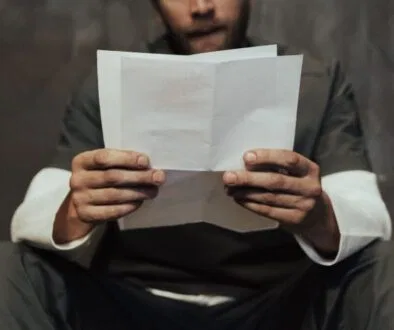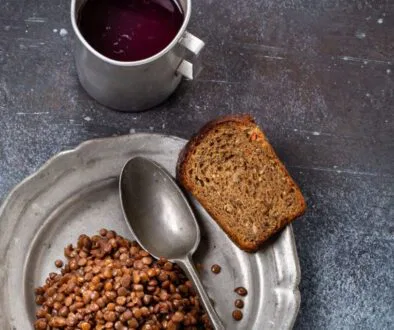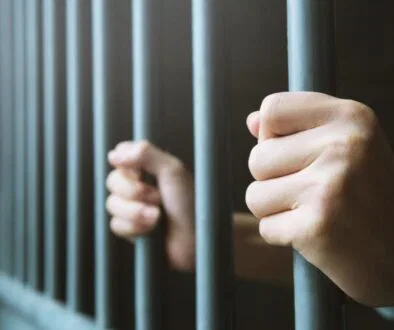The Prison Hierarchy: A Closer Look
Published December 14, 2023
Within the grim confines of a prison, there’s a complex social structure called a prison hierarchy—a tangled web of power, survival, and fear. Crimes committed and gang affiliations shape the intricate system. The system dictates the daunting daily existence behind the fortified walls. A glimpse into this system requires courage. It reveals the internal rules and control that define life in these harsh facilities.
The Inmate Hierarchy
If you’re wondering how does the hierarchy work in prison, it varies from one facility to another. In prison, inmates’ status depends on their crime, sentence length, and gang ties.
The hierarchy encompasses the social order and structure that emerges within a prison. The system functions to uphold order. It also establishes power dynamics and provides a form of internal governance. The specifics may vary across prisons, cultures, and countries. A typical prison hierarchy by crimes may have the structure below:
- Gang leaders. At the top of the hierarchy, one can often find the leaders of prison gangs or organized crime groups. These individuals have considerable power and influence. They exert control over various aspects of prison life. This includes contraband distribution and enforcing their own rules.
- Heavy criminals. Under the gang leaders lie the “heavy” or hardcore criminals. These individuals are serving long sentences for serious crimes. These crimes include murder and armed robbery. Their status is derived from reputation, resilience, and propensity for violence.
- Old timers. Incarcerated individuals serving long-term or life sentences are also called lifers. They command respect and authority within a prison. Their extensive experience and deep knowledge of correctional institutions contribute to this.
- Ordinary or regular prisoners. Most of the prison population belongs to this group. These individuals tend to maintain a low profile, including first-time inmates.
- Vulnerable prisoners. The group comprises individuals who may be susceptible to exploitation or abuse. This includes those convicted of sex crimes against children, informants, or individuals who are physically or mentally vulnerable.
- Drug users or debtors. People with drug debts or stuck in addiction often end up at the bottom of the hierarchy in prison. These individuals are susceptible to exploitation by fellow inmates. They are often reduced to mere pawns in the power dynamics within their environment.
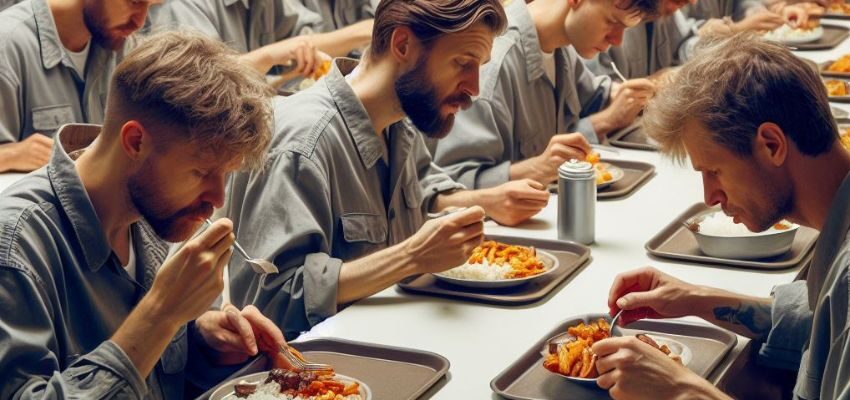
Impact Of The Inmate Hierarchy
The prison hierarchy influences every aspect of daily life in prison. Its influence extends beyond seating arrangements in the mess hall. It exerts control over social interactions and shapes inmate dynamics. Sadly, the system can foster a culture of violence and intimidation. This can make those in the lower ranks prone to victimization and exploitation.
If you have a family in a correctional facility, consider jail calling services to stay connected at all times.
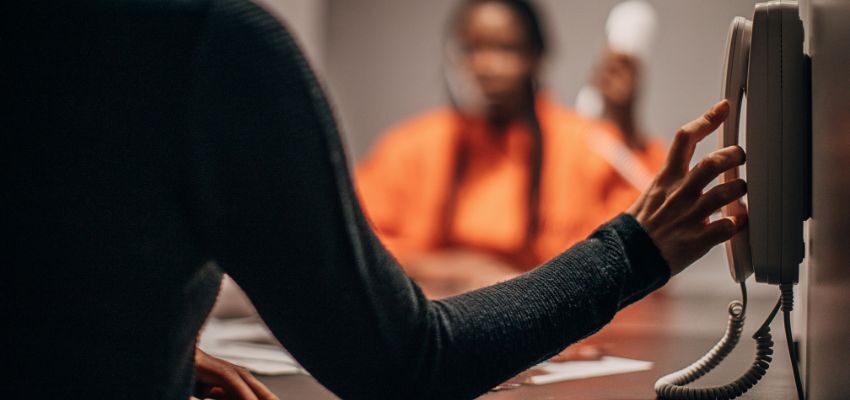
The Prison Staff Hierarchy
The prison staff hierarchy is the organizational structure of employees in a correctional facility. Its purpose is to establish a seamless operation of the institution. It ensures inmates’ safety, security, well-being, and rehabilitation.
The exact outline may vary based on the specific institution, country, or state. However, a typical hierarchy generally follows a similar pattern.
- Warden/superintendent. A question that comes to mind—what is the highest level in a prison hierarchy authority? The warden or superintendent is at the top. They bear the weighty responsibility of overseeing all aspects of prison management. In some systems, the warden is called the superintendent. This includes ensuring security measures, managing budget allocation, implementing policies, and supervising the staff.
- Deputy warden/assistant superintendent. The deputy warden is a direct report to the warden. He plays an essential role in overseeing prison operations. This includes managing various areas such as security, administration, and programs. It ensures smooth and efficient functioning.
- Department heads. These dedicated individuals oversee various departments in the prison. The departments include education, healthcare, food services, and maintenance. They play a crucial role in ensuring the smooth operation and management of these essential areas.
- Correctional captains/lieutenants. These senior uniformed officers are responsible for supervising the work of correctional officers. Their role encompasses various tasks. They manage shift schedules, respond to incidents, and oversee daily operations.
- Correctional officers. These personnel interact directly with inmates. Their task is to ensure security and uphold regulations within the facility.
- Support staff. This diverse group comprises a broad spectrum of professionals who play vital roles in the prison system. The group includes nurses, psychologists, social workers, educators, maintenance personnel, and administrative staff, all of whom provide essential services.
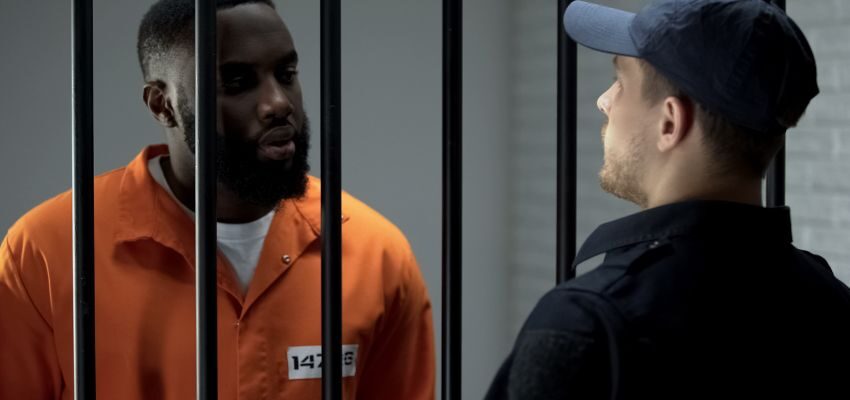
Interaction Between Inmate And Staff Hierarchies
The intricate interplay between inmate and staff hierarchies results in complex interactions. They also mutually influence each other. For example, if there’s a shift in the inmate hierarchy, such as a new gang leader, it can impact how prison staff manage the incarcerated population.
Conversely, staff policies or personnel changes can disrupt the established order among inmates. Navigation of these dynamics poses ongoing challenges for both prisoners and staff alike.
Shedding Light On Prison Hierarchies
Unraveling the layers of prison hierarchies among inmates and staff shed light on the complexities of incarceration. Concerted efforts are necessary to pave the way for meaningful change and humane treatment within these walls. Reform and a deeper understanding of these dynamics in a prison hierarchy are imperative. It’s time to reevaluate and reform these systems. They should foster environments that focus on rehabilitation and safety.
Advertisement
Save 90% Per Minute On Jail Calls With Us
US prisons charge lots of money per minute for long distance inmate calls. The loved ones of inmates are left to pay this bill. For a ten minute phone call you may find yourself paying over one hundred dollars. With SecurTel, you can reduce this charge to a fraction of the cost and only pay the local calling rate. Make calls from across the US or internationally for the local rate and help your family stay connected during a difficult time. Learn more about how to sign up for inmate calls here.

This Content Is Fact Checked
We have conducted thorough fact-checking on this content in-house. Get detailed insights into our website’s editorial standards by clicking here.

About The Author
Judy Ponio is the lead writer for the SecurTel blog. Her passion for true crime stories and criminal justice has fueled her work and inspired millions of readers around the world.

